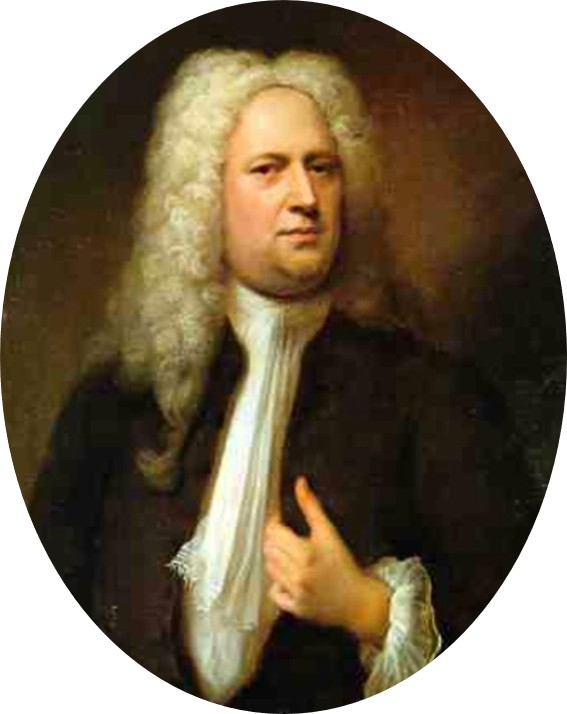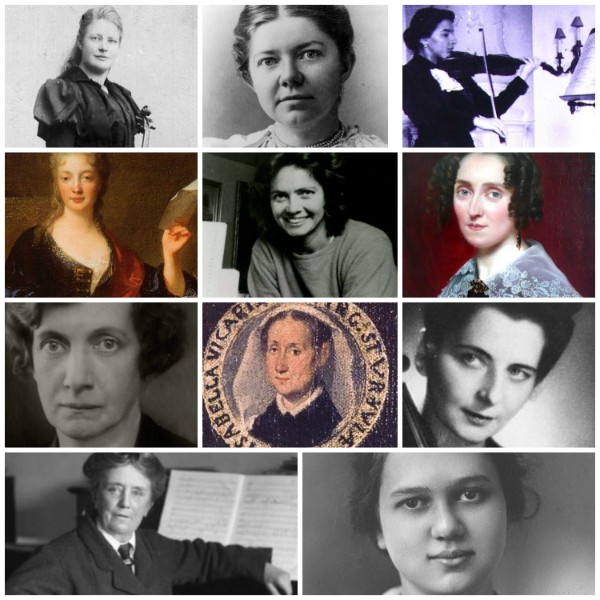During the winter, the beach is a lonely wind-swept place. The sea shore piles up with the detritus of the waves: old shells and ragged seaweed.
A beach along England’s Jurassic Coast, a UNESCO World Heritage Site, was used as the star for Ian McEwant’s novel On Chesil Beach. The beach is what’s known as a tombolo, a spit of land connecting an island to the mainland, and its name comes from Old English “ceosel” or “cisel,” meaning pebble. Instead of sand, it’s a shingle beach filled with rounded pebbles that get smaller as you travel northwest on the beach, and smugglers arriving in the dead of night would know their position by the size of the pebbles as they landed. Part of Tamara Konstantin’s loose collection entitled Dorset Sketches, Chesil Beach is her attempt at capturing the beauty of the beach in music.
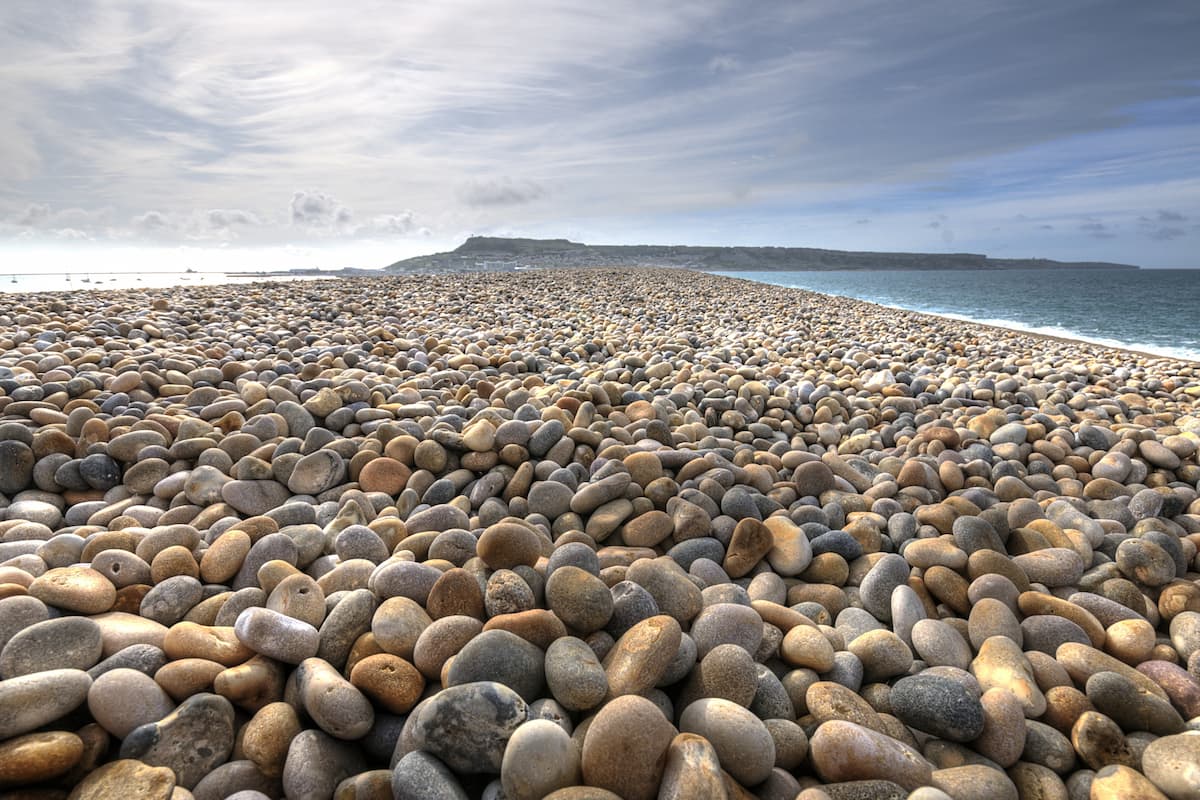
Chesil Beach
Tamara Konstantin: Chesil Beach (Yu-Mien Sun, violin; Jiaxin Lloyd Webber, cello; Tamara Konstantin, piano)
Beaches are also places for reflection, and Tamezō Narita (1893–1945) wrote a song in 1916, Hamabe no Uta (Song of the Beach), to bring out the images of the seaside, the wind and the waves, the colours of the shells, and one’s internal thoughts.
Tamezō Narita: Hamabe no Uta (Song of the Beach) (arr. Ichiro Nodaira for flute and guitar) (Shigenori Kudo, flute; Shin-ichi Fukuda, guitar)
Ralph Vaughan Williams’ first symphony, completed in 1909, was titled A Sea Symphony. Using the poetry of the sea for inspiration, he astutely picked up contemporary interests in Walt Whitman‘s poetry and sea settings to create his symphony with soloists and chorus. Sitting on the beach alone at night, the poet contemplates the universe of lights in the sky and thinks about how it is all one.
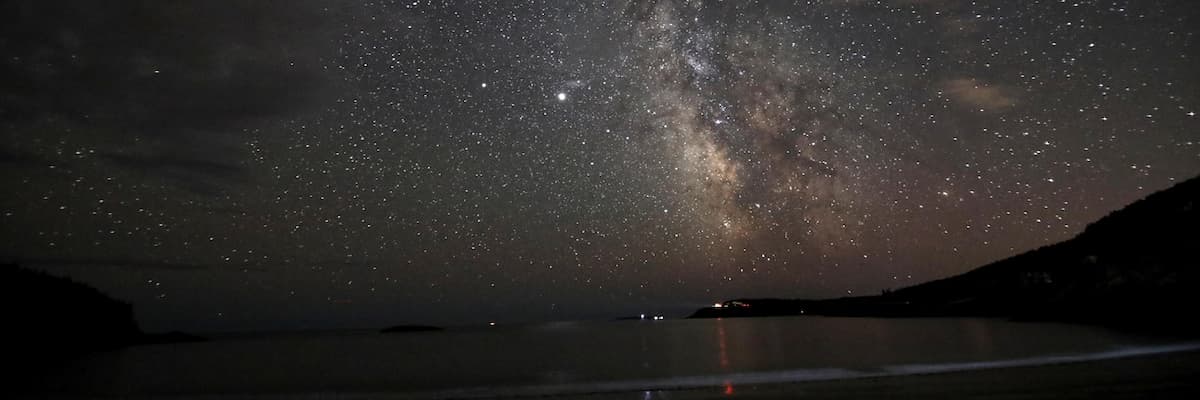
Night Sky at the Beach, Acadia National Park (National Park Service)
Ralph Vaughan Williams: Symphony No. 1, “A Sea Symphony” – II. On the Beach at Night, alone (Christopher Maltman, baritone; Bournemouth Symphony Chorus; Bournemouth Symphony Orchestra; Paul Daniel, cond.)
Another composer of Whitman’s ideas is Ian Krouse (b. 1959). His Symphony No. 5 (2017) commemorates the 70th anniversary of the Korean War, and using a similar text by Whitman, the composer was drawn by the poet’s ‘timeless and universal appeal for comfort and ultimate solace in the face of impending darkness’. The poem by Whitman here is ‘On the Beach at Night’, where a child stands with her father watching the sky to the east. They see the planets and constellations emerging behind the clouds, and the father tells the child not to cry but to think of something that will endure longer than anything they see in the night sky.
He goes on to say ‘As determined as I was at the time to conclude this work with a spirit of calm and solace, I found myself giving way increasingly to the dark, funereal music that ultimately emerges and takes over as the final word. The relentless pulsing of the drums, including for this recording a traditional Korean drum, are an homage to Whitman and his time’, asking us to remember Whitman’s remarkable service during the American Civil War.
Ian Krouse: Symphony No. 5, Op. 55, “A Journey Towards Peace” – III. On the Beach At Night (Michael Dean, bass-baritone; Jens Lindemann, trumpet; Seocho Philharmonia; UCLA Gluck Brass Quintet; Jong Hoon Bae, cond.)
Written in 1893 and given a title after a popular beach resort in Brooklyn, New York, Manhattan Beach gives us both the waves along the beach and the approach and departure of a band, first growing loud, then fading away. The resort was fashionable until about 1910, when the rise of amusement parks at Coney Island led to the closure of the horse-racing tracks, and residential development replaced the popular hotels.
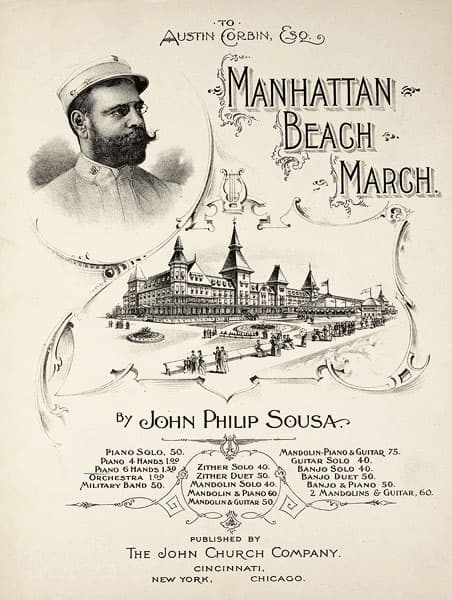
Sousa: Manhattan Beach March, 1893
John Philip Sousa: Manhattan Beach (Royal Artillery Band; Keith Brion, cond.)
Greek composer Yannis Papaioannou (1910–1989) took up the idea of the systematic prelude to create his own set of works from fragments of music. Starting in 1938 and completing the series of 24 preludes in 1939, Papaioannou created miniature worlds that are impressionistic through their use of extended tonal harmonies, parallel chords of a colouristic effect, pentatonic and whole-tone scales, much in the style of Debussy, although sometimes with a modern jazz twist.

Morning at the Beach
Yannis Andreou Papaioannou: 24 Preludes: No. 2. Morning at the Beach (Kostas Chardas, piano)
Setting a text by Donald Barthelme, Howard Meltzer’s Sindbad takes the eponymous hero of the Arabian Nights tales and moves him to the modern world. Barthelme’s hero isn’t a quick-witted sailor but rather a’ hapless community-college literature professor whose own personal mythology centres on the swashbuckling hero of Arabic folklore’. Not set as a song but as a text for the narrator, the words take on their own music that works with and against the instrumental lines.

Sindbad the Sailor plate V (Rosenthal Studio Linie)
Harold Meltzer: Sindbad – I. The Beach (John Shirley-Quirk, narrator; Peabody Trio)
Originally written for his daughter Obdulia, the Jarden d’enfants remained just sketches, giving us a picture full of love and fantasy but also great humour. Games on the Beach, starting with harp-like glissandos, is Turina in an experimental mode. The melody sings but doesn’t get developed before ending.
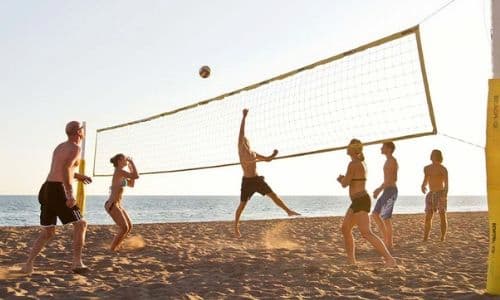
Games on the Beach
Joaquin Turina: Jardín de niños (Jardins d’enfants), Op. 63 – VII. Jeux sur la plage (Games on the Beach) (Jordi Masó, piano)
Granados’ Álbum de Melodías, Paris 1888, sounds like it should only include material written while he was in Paris (1887–1889), but it is rather a mix of material, some clearly written in Barcelona before his French sojourn. The material mixes proper pieces for solo piano along with sketches and, in some cases, titles only for pieces that were never realized. Some of the completed pieces are student works and others show inspiration from composers such as Beethoven.
Enrique Granados: Album de melodias, Paris 1888: En la playa (At the Beach) (Douglas Riva, piano)
The end of the summer, and it’s time to return home.
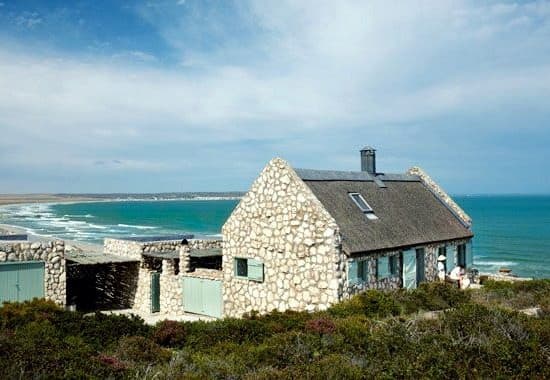
Stone beach cottage
Edvard Grieg: Norwegian Melodies, EG 108 – No. 69. Serenade ved Strandbredden: Hytten er lukket (Serenade at the Beach: The Cottage is Closed) (Einar Steen-Nøkleberg, piano)
Being at the beach exposes us to a whole new world: The sky is infinite, with nothing between you and the horizon; the beach at night can give you the infinite universe of stars overhead; the washing of the water on the sand or shingle has its own melody; and you are free to be alone with your thoughts and dreams.
For more of the best in classical music, sign up for our E-Newsletter

